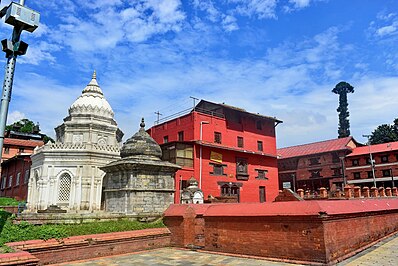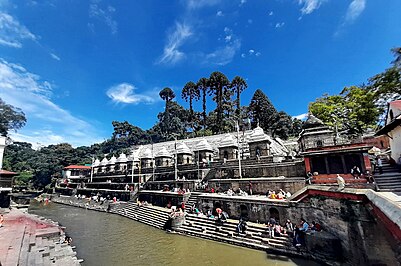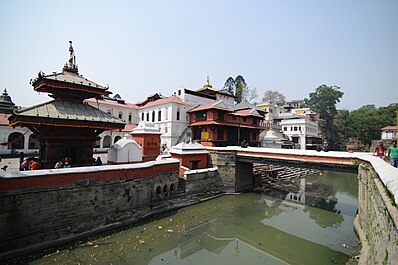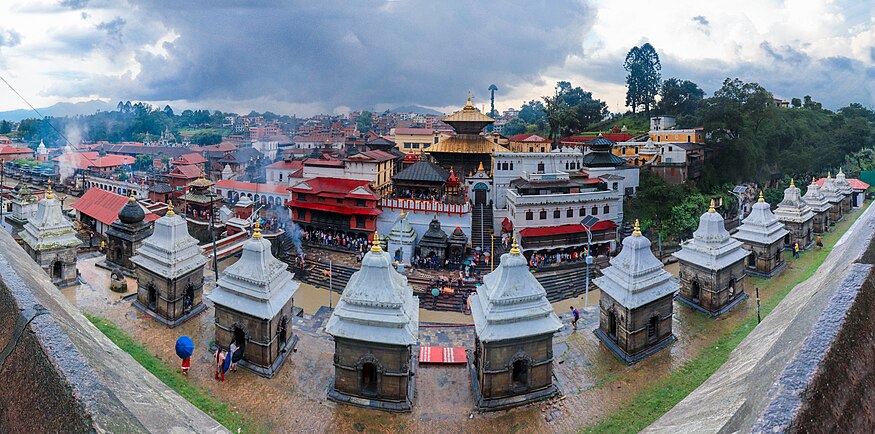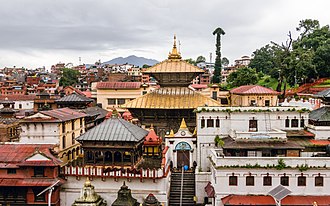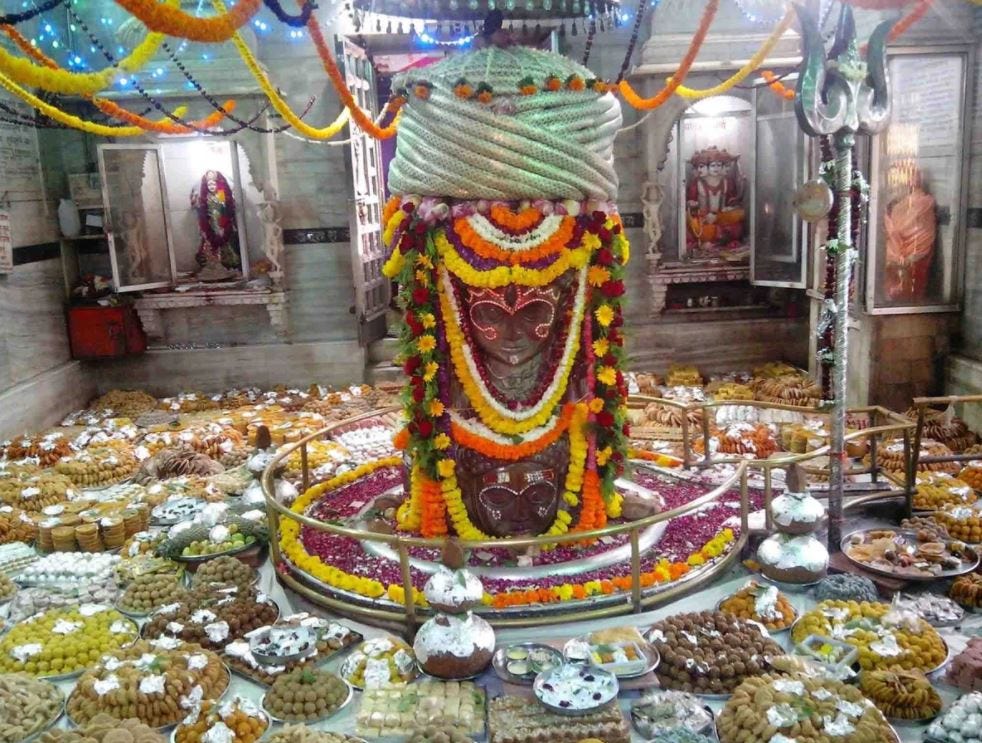
Pashupatinath Temple: The Holy Home of Lord Shiva
Nestled on the banks of the holy Bagmati River in Kathmandu, Nepal, sits Pashupatinath Temple, which not only portrays spirituality and culture but also holds architectural grandeur. As one of the most sacred temples dedicated to Lord Shiva, Pashupatinath has been declared a UNESCO World Heritage Site, attracting millions of pilgrims and tourists around the world. In this blog, let’s take a heartfelt journey through the history, spirituality, and beauty of this iconic temple.
A Glimpse into the History of Pashupatinath Temple
The origins of Pashupatinath Temple are shrouded in mystery and legend, fascinating devotees and historians alike. References to this temple date back as early as 400 CE, making it an enduring symbol of faith.
Mythological Origins
In Hindu mythology, Lord Shiva is said to have gone roaming through the Kathmandu Valley in disguise as a deer. The gods sought to retrieve him from this mortal form and ended up engaging him in a fierce struggle. During this fight, the antler was broken into four pieces, which turned out to be holy Shivalingas. Among them, the Pashupatinath Temple marks one location.
The temple has a written history from the Licchavi period (400-750 CE). The centuries have been a testament to the preservation and grandeur, ensuring that this is one of the cornerstones of Nepalese heritage.
Architectural Splendor of Pashupatinath Temple
The Pashupatinath Temple is not just a place of worship; it is a masterpiece of Nepalese craftsmanship. The temple complex spans over 246 hectares and features numerous smaller temples, ashrams, and shrines.
Key Architectural Features
Main Temple Structure: The two-tiered golden roof and silver-plated doors of the temple give an aura of majesty and serenity.
The Lingam: The center of the temple is a big black stone Shivalinga, which is decorated with four faces, representing different aspects of Lord Shiva.
Pagoda Design: The wooden rafters and intricate carvings make it a reflection of the artistic culture of Nepal.
Riverfront Ghats: The ghats along the Bagmati River are sacred to perform the last rites and cremation ceremony.
Sacred Importance of Pashupatinath Temple
For Hindus, Pashupatinath Temple is the passage to spiritual freedom and salvation.
Connection to Jyotirlinga
Pashupatinath Temple is the one of the 12 Jyotirlingas, the most divine abodes of Lord Shiva. In this temple, it is believed that a person receives blessings and opens up to moksha or salvation.
A Religious Centre
The temple comes alive with devotion and festivities during Maha Shivaratri. Pilgrims, sadhus, and spiritual seekers from all over the world gather here to honor Lord Shiva in an atmosphere filled with chants, incense, and unwavering faith.
Rituals and Ceremonies
Daily Worship: A strict schedule of aartis and pujas ensures that devotion flows uninterrupted throughout the day.
Cremation Rites: The ghats are a central part of Hindu beliefs regarding life and death, representing the journey of the soul.
Cultural Significance of Pashupatinath Temple
Pashupatinath is more than a religious monument; it is a cultural gem that represents the rich traditions and values of Nepal.
Festivals and Celebrations
Maha Shivaratri: Thousands of devotees gather to celebrate the divine energy of Lord Shiva, making this one of the temple’s most vibrant occasions.
Teej Festival: Women visit the temple to pray for their family’s well-being and marital harmony.
Art and Literature
The temple’s grandeur has inspired countless artists, poets, and musicians. Its stories and symbolism resonate deeply in Nepalese culture and beyond.
Visiting Pashupatinath Temple: A Practical Guide
Planning to visit the Pashupatinath Temple? Here’s everything you need to know for a memorable experience.
How to Reach
By Air: Kathmandu’s Tribhuvan International Airport is just 5 km from the temple.
By Road: Taxis and buses connect the temple to various parts of Kathmandu.
Best Time to Visit
October to March: The weather during these months is perfect for exploring.
Maha Shivaratri: Witness the temple at its festive best during this holy occasion.
Entry Details
For Hindus: Only Hindus are allowed inside the main temple.
Entry Fee: Non-Hindus can view the outer temple complex for a small fee.
Visitor Tips
Dress modestly to show respect for the sanctity of the place.
Avoid taking pictures in restricted areas.
Other Temples in Pashupatinath
The ambiance of the area is heightened by temples and shrines around it:
Guhyeshwari Temple: This is one of the Shakti Peethas dedicated to Goddess Parvati.
Boudhanath Stupa: A major Buddhist landmark near the temple.
Swayambhunath Temple: It is also known as the Monkey Temple, which provides a breathtaking view of Kathmandu.
Comparison with Other Shiva Temples
Pashupatinath has its own charm, but it shares its spiritual essence with other iconic Shiva temples:
Kedarnath Temple (India): A Himalayan gem and a revered Jyotirlinga.
Kashi Vishwanath Temple (India): A spiritual haven in Varanasi.
Rameshwaram Temple (India): Known for its exquisite Dravidian architecture.
Conclusion: A Journey to the Divine
The Pashupatinath Temple is more than a temple-it is a spiritual experience that leaves an indelible mark on the soul. Its history, architectural beauty, and cultural significance make it a must-visit for anyone seeking peace, devotion, or a deeper connection with the divine.
Whether a pilgrim or a traveler, the divine energy at Pashupatinath temple is bound to enthrall and capture the heart. So plan a visit to this sacred abode of Lord Shiva and let the blessings of Pashupatinath enrich your journey.
